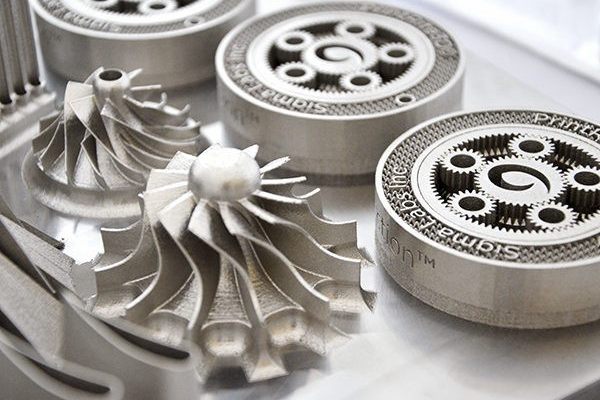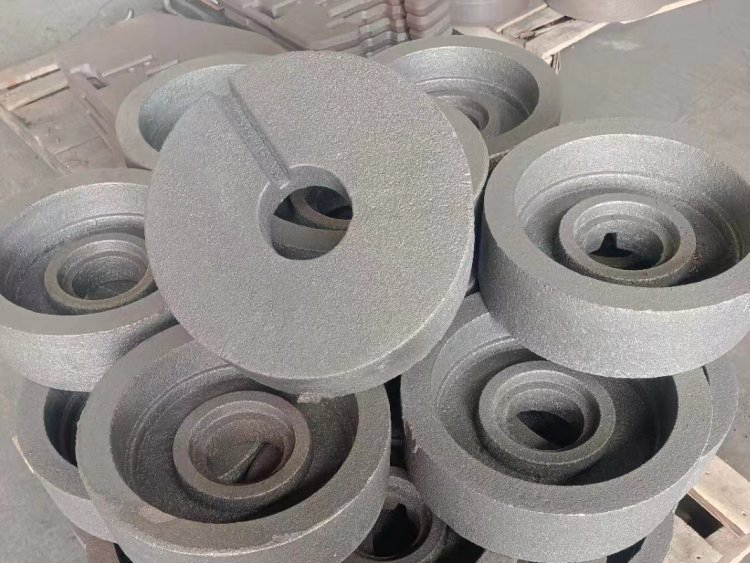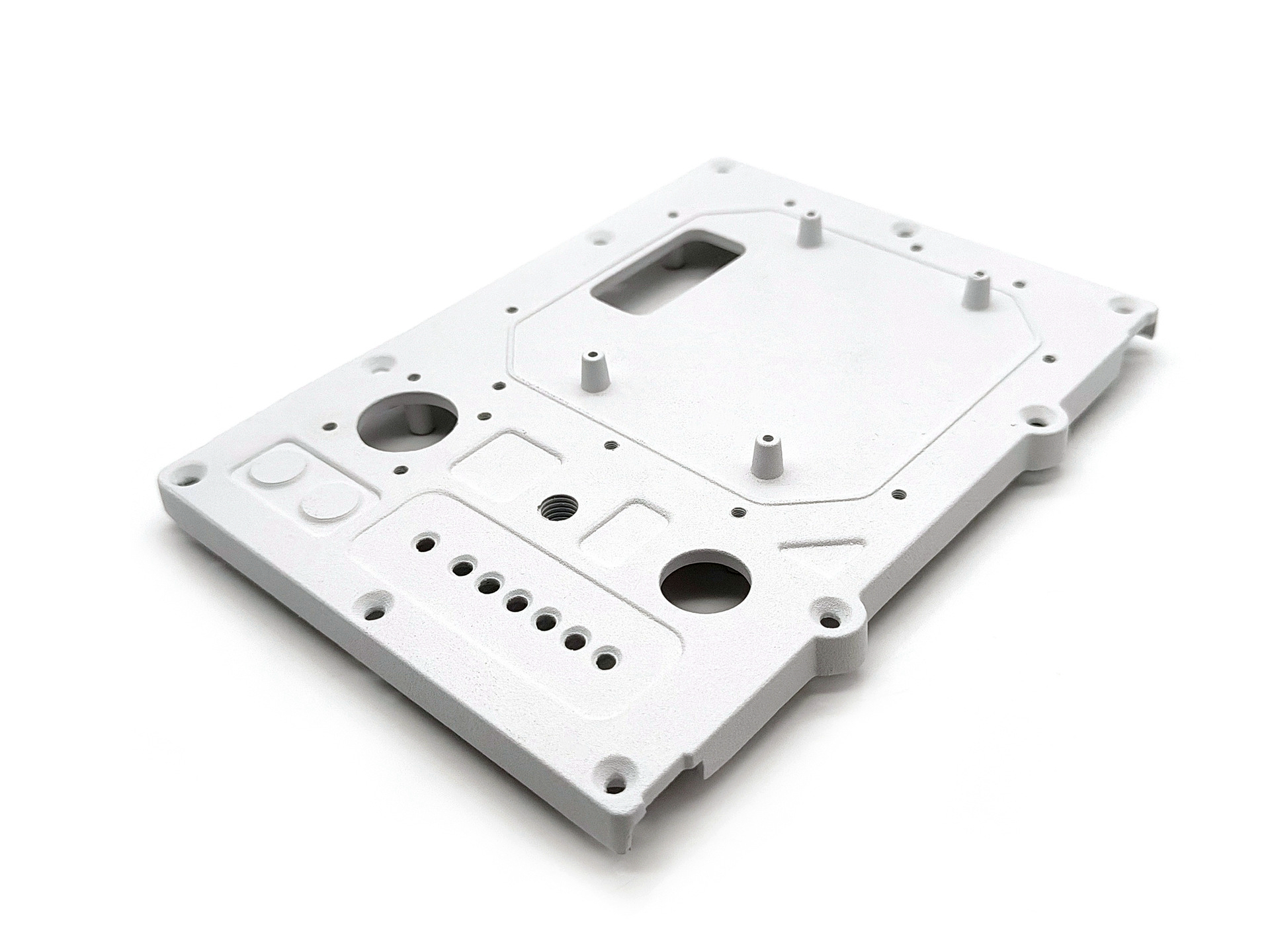How do I choose between aluminum, zinc, and copper die casting for my application?
Selecting the optimal die casting material depends on functional requirements, budget constraints, and production volume. This guide provides a technical comparison and decision-making framework based on industry standards (e.g., NADCA, ASTM) and our die casting material database.
1. Key Material Properties Comparison
Property | Aluminum (e.g., A380) | Zinc (e.g., Zamak 5) | Copper (e.g., Brass 360) |
|---|---|---|---|
Density (g/cm³) | 2.6–2.8 | 6.6–7.1 | 8.4–8.7 |
Tensile Strength (MPa) | 310–325 | 280–328 | 340–550 |
Thermal Conductivity (W/m·K) | 96–140 | 110–116 | 109–121 |
Electrical Conductivity (% IACS) | 28–35 | 27–30 | 25–28 (Brass) / 85–100 (Pure Copper) |
Corrosion Resistance | Excellent (with anodizing) | Good (with passivation) | Poor (prone to oxidation) |
Mold Lifespan (cycles) | 100,000–500,000 | 500,000–1,000,000+ | 50,000–100,000 |
Relative Part Cost | 1.0x | 0.8x | 2.5–3.5x |
2. Application-Specific Recommendations
Aluminum Die Casting
Choose Aluminum Die Casting for:
Lightweight automotive or aerospace components (60% lighter than zinc/copper).
High-temperature applications (up to 150–200°C), such as LED heat sinks.
Thin-walled parts (≥1.5mm) requiring fine detail resolution.
Zinc Die Casting
Choose Zinc Die Casting for:
High-precision components like USB-C connectors (±0.025mm tolerance).
High-volume production (>50,000 units/month) with fast cycle times (15 seconds/part).
Decorative finishes via chrome plating.
Copper Die Casting
Choose Copper Die Casting for:
Electrical/thermal components like circuit breaker contacts (>85% IACS).
EMI shielding in 5G equipment (30dB better than aluminum).
Wear-resistant gears using alloys like Brass 464.
3. Cost Optimization Strategies
Prototype Testing Validate materials using rapid prototyping services.
Hybrid Solutions Combine aluminum structures with copper inserts for conductivity.
Recyclability Prioritize aluminum (95% recyclability) or zinc (60% lower remelting energy than copper).
4. Common Pitfalls and Solutions
Overlooking Weight in High-Strength Applications Use A413 aluminum alloy with reinforcement ribs instead of copper.
Outdoor Zinc Component Failure Apply powder coating for corrosion resistance (>1,000 hours salt spray resistance).
5. Decision Workflow
Define functional requirements (strength, conductivity, temperature).
Evaluate production volume and budget.
Test prototypes using CNC machining or 3D printing.
Select the optimal material and process.
Next Steps
Submit your project details via our engineering consultation form for a customized material recommendation.



